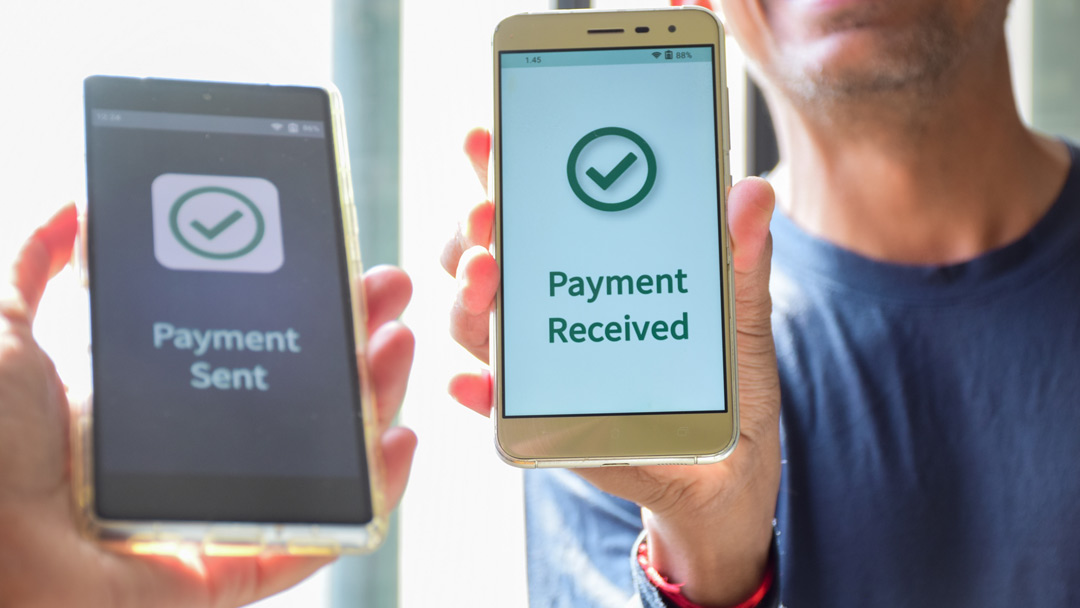
Technologies and services banks can use to meet the G20’s goals on cross-border payments
Banks must invest in their internal capabilities to leverage the external innovations and services that can help them to meet the G20’s goals on cross-border payments

The future of cross-border payments isn’t just faster – it’s more affordable, more transparent, and more accessible. That’s the vision driving the G20’s roadmap to transform the industry by 2027.
As I mentioned in my previous blog on this topic, the cross-border payments industry has long struggled with challenges such as high fees and opaque pricing. I noted the significance of the G20’s targets in tackling these issues – to pave the way for stronger economic growth and financial stability worldwide. Although non-binding, all banks should strive to align with the targets to position themselves for long-term success in a rapidly evolving and increasingly competitive space.
In this blog, I’m providing a snapshot of the technologies and services you can harness to not only help achieve the G20’s goals, but also to establish your organization as an industry leader and innovator.
1. Alternative payment networks
- Speed
- Cost
- Access
There has been a surge in alternative payment network providers within the cross-border space in recent years. Some of these players focus on specialized niches, such as facilitating transactions in exotic currencies, while others concentrate on capturing domestic or regional opportunities.
Alternative payment network providers are essentially “super correspondents”, offering more distribution options (such as digital wallets or card infrastructures) as well as lower-cost routings, more attractive payment terms, and reduced risk for exotic corridors.
Many financial institutions are using a blend of services, combining currency corridors supported by these players with their own Swift-based correspondent banking relationships, for example.
2. AI
- Speed
- Cost
AI continues to be a major force shaping cross-border payments and is expected to have an even greater impact as it is embedded into more aspects of processing.
Today, AI is making payments faster, more secure, and more cost-efficient. For example, it can be used to identify the most cost-effective (e.g. through FX and charging history analysis) and timely payment routes. It’s also increasingly used in fraud detection to analyze transaction patterns and spot suspicious activities using models that also reduce the occurrence of false positives.
3. ISO 20022
- Transparency
- Speed
- Cost
As the global standard for financial messaging, ISO 20022 provides rules and guidance for how financial messages should be structured and processed. There are, of course, message and data standards for both domestic and international markets. ISO 20022 is harmonizing data between processes and creating a common language, resulting in improved straight-through-processing (STP) rates and transparency.
This ultimately produces a larger data set with detailed information that can be shared with all stakeholders involved in cross-border payments. However, banks need systems that can manage this avalanche of new data, including presenting it and then sharing it with customers.
4. Instant payments
- Speed
- Cost
- Access
Instant payment systems, such as the UK’s Faster Payments Scheme, SEPA Instant Credit Transfer in Europe, and FedNow in the US, play a pivotal role in improving transaction speeds, reducing costs, and making transactions more accessible.
Real-time processing minimizes manual reconciliation and administrative tasks, reducing costs for both banks and their customers. Instant payment systems also operate around the clock, facilitating transactions within seconds (as opposed to what can, in some instances, be days). Initiatives such as Project Nexus by the Bank for International Settlements are also working to connect instant payment infrastructures across certain regions. The end goal is a global network of interconnected instant payment schemes supporting reliable and real-time payment execution.
5. Digital engagement platforms
- Access
- Speed
- Transparency
Digital engagement platforms enable banks to reach their customers in new – and faster – ways, creating more engaging and efficient customer experiences. In the case of cross-border payments, expanding payment initiation to include options such as mobile apps and QR codes, as well as offering payment reporting, is improving processing times and transparency.
However, again, banks need to integrate these capabilities into their customers’ daily lives by embedding API-based payment order and reporting services within their business execution platforms.
6. Cloud
- Cost
- Access
- Speed
There are several underlying characteristics that banks need to support improvements related to cost, speed, access and transparency. These include scalability, performance, and resilience.
We know that one of banks’ biggest challenges is having the bandwidth to address developments – not just within the cross-border space but also the wider payments and banking industry. Cloud platforms provide the flexibility and functionality required for ongoing modernization, enabling banks to adapt to evolving industry standards and customer expectations.
7. Swift Essentials
- Cost
- Speed
- Access
- Transparency
Even with the emergence of alternative networks, Swift continues to play a fundamental role in cross-border payments, particularly as it builds on its suite of Essentials products and services. Swift Essentials (view related blog) address the G20’s targets by offering modernized infrastructure, automation, and interoperability. This includes minimizing intermediaries, optimizing transactions with pre-validation tools, lowering operational expenses with automated workflows, enabling real-time payment tracking, enabling interoperability with emerging payment networks, and facilitating SME participation in cross-border trade.
Integrating support for Swift Essentials should therefore be a fundamental component of any bank’s cross-border payments strategy.
8. Automated repair
- Speed
- Cost
Automated repair is a system designed to automatically detect and correct potential errors or issues in cross-border payments. By minimizing manual intervention, it streamlines payment processing, ensuring greater accuracy and efficiency. This results in higher straight-through processing (STP) rates, reducing delays and enhancing overall transaction reliability. Machine learning and AI are increasingly being used to identify and fix discrepancies in data, such as incorrect addresses, or routing information.
A continuous journey in cross-border payments

Achieving the G20’s targets for cross-border payments requires more than a single solution or the efforts of any one individual bank. It demands a collaborative, comprehensive and sustained program of modernization, leveraging a range of technologies and services. This can include many, if not all, of the solutions mentioned. To leverage these successfully, banks must develop the foundational capabilities necessary to integrate these emerging technologies and services.
Lastly, with the increasing complexity of cross-border payments and the rise of real-time transactions, banks must maintain a high standard of customer protection and institutional security to ensure safe and efficient financial operations. This requires a strong commitment to operational resilience, data management, governance, and advanced fraud monitoring. Without these safeguards, improvements in cost, speed, access, and transparency will be challenging – limiting banks’ ability to thrive in this lucrative market.
Temenos can support you with this.
As a pre-configured solution, our Cross-Border Payments Enterprise Service allows you to take full advantage of products and services that accelerate revenue growth in any cross-border payments business. It leverages our cloud-native, API-first platform for a faster time-to-market with innovative, expanded services.
We’ve also worked with Finextra on an impact study exploring how far along the G20’s cross-border roadmap firms have travelled. Check it out and speak to us if you’d like to hear more.